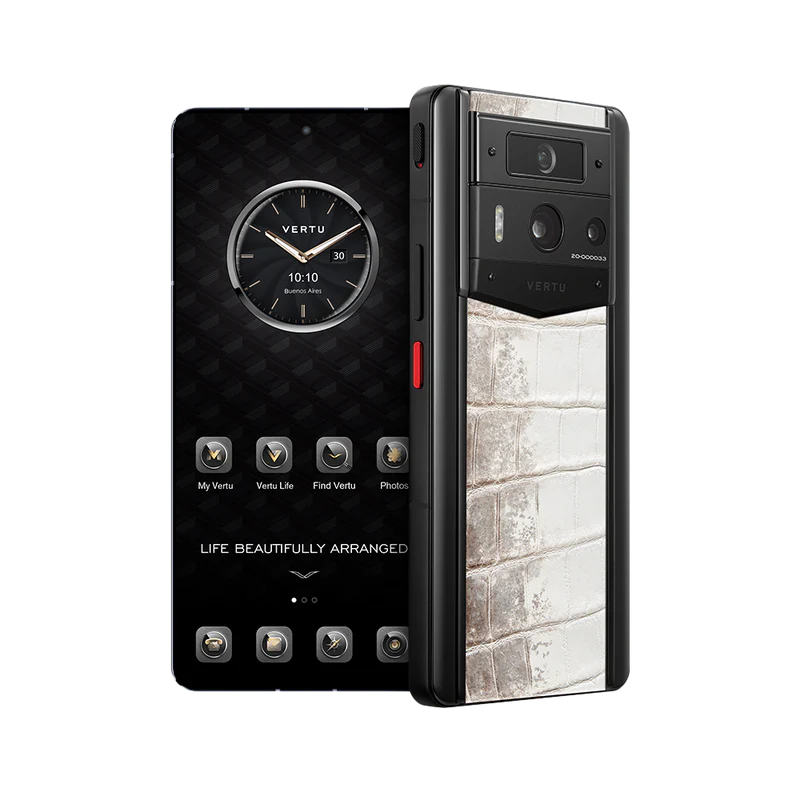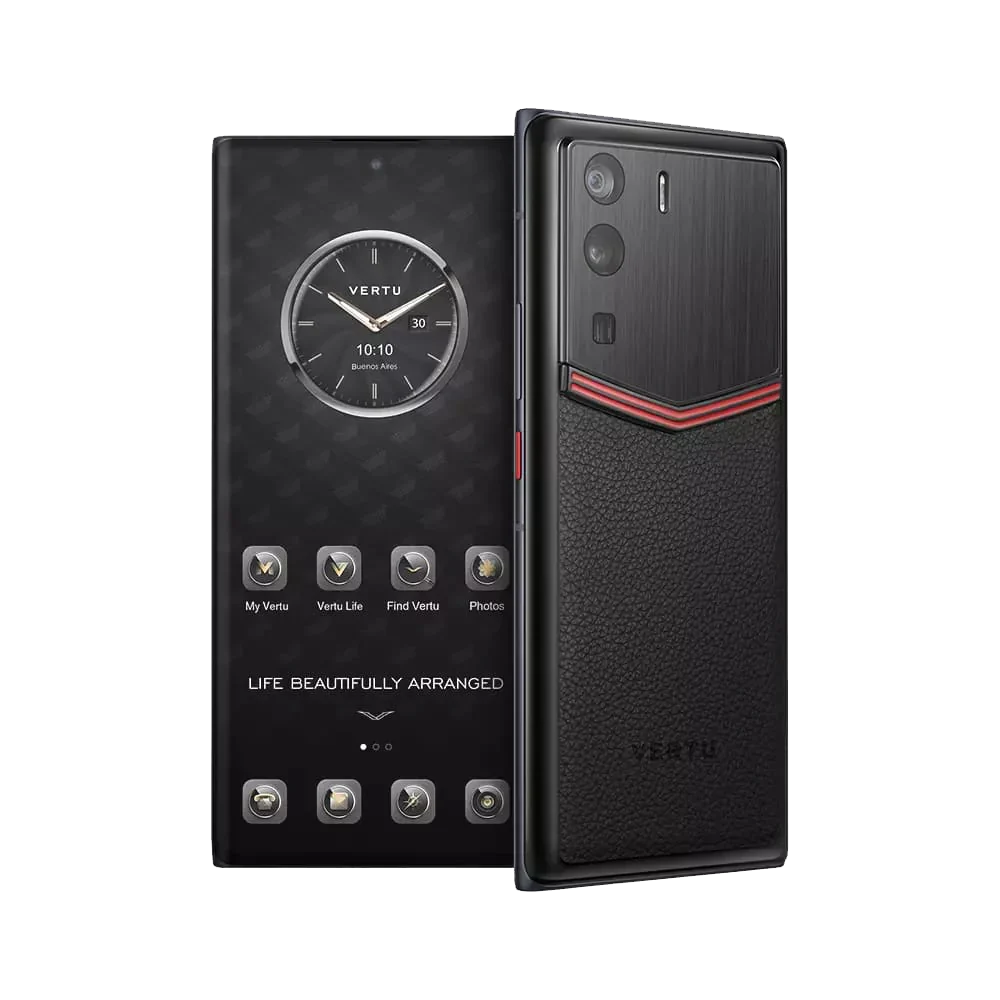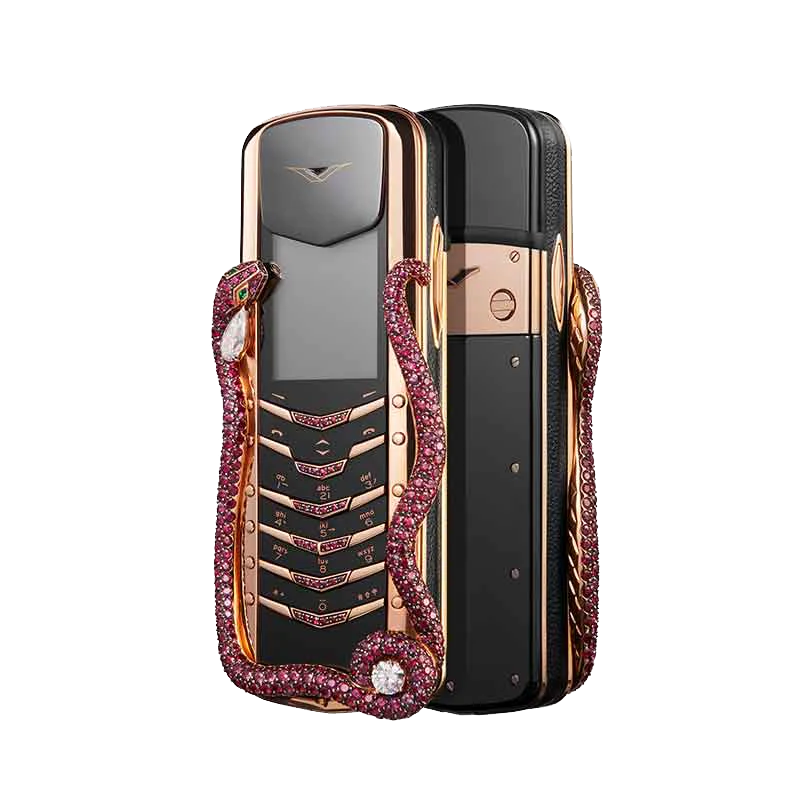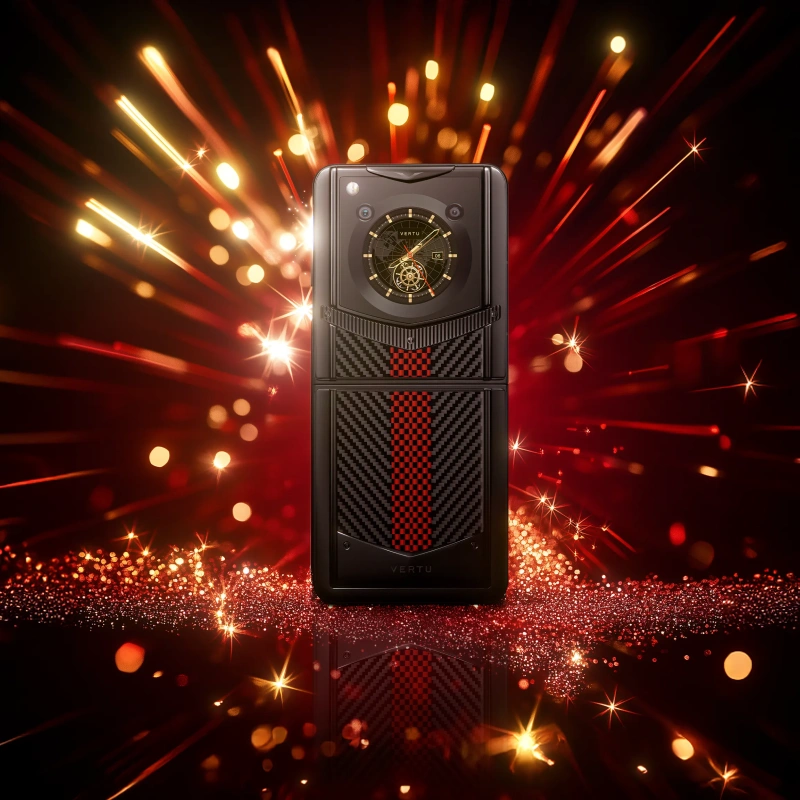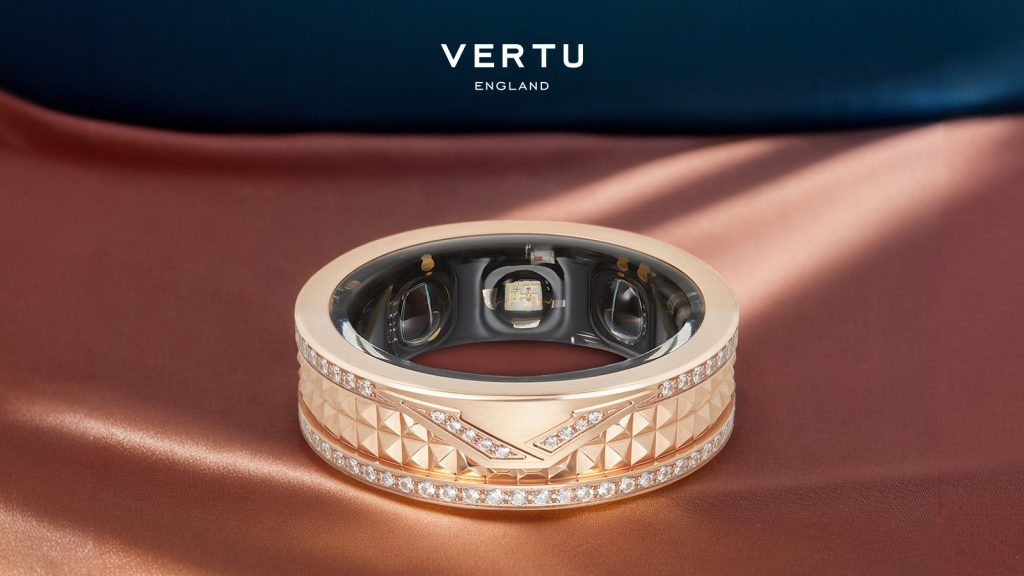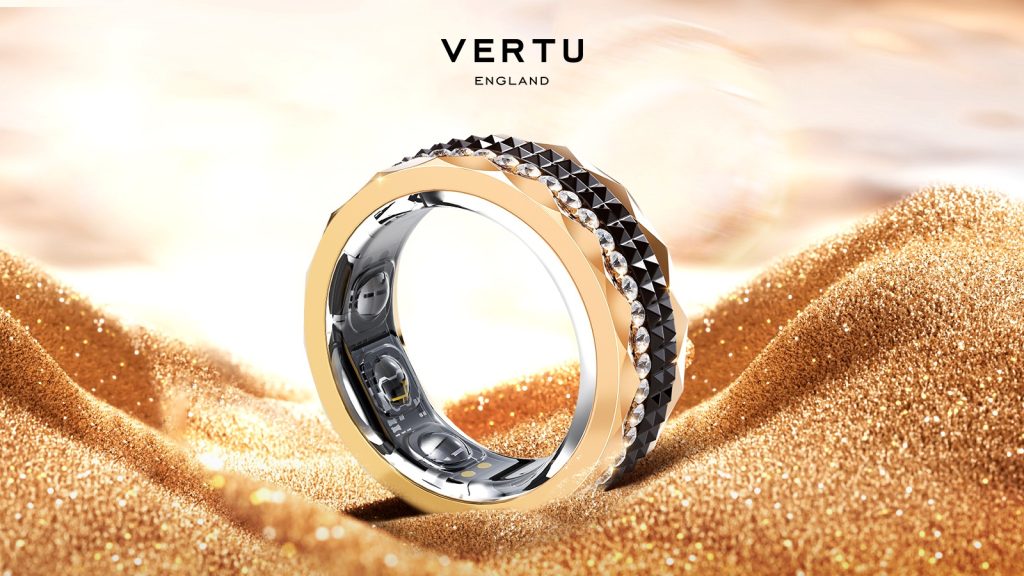Imagine a delicate diamond ring that not only adorns your finger but also monitors your blood glucose levels in real-time, alerting you to potential health risks. This is no longer a scene from a science fiction movie but a reality brought to you by the VERTU AI Diamond Ring. As the world’s first smart ring integrating non-invasive blood glucose monitoring, the VERTU AI Diamond Ring seamlessly combines technology with fashion, offering users round-the-clock health protection.

The core technology of the VERTU AI Diamond Ring lies in its pioneering non-invasive blood glucose monitoring. It utilizes Raman spectroscopy, employing an embedded high-precision Huiding GD3020 professional photoplethysmography(PPG)sensor chip. This chip emits near-infrared light onto the finger skin at a frequency of 60Hz and analyzes the changes in optical parameters of the reflected light. This process is akin to performing anoptical scanon the blood, identifying the Raman scattering signals produced by glucose molecules under near-infrared light. By combining mathematical models and multi-parameter fusion algorithms, it achieves the goal of non-invasively measuring blood glucose concentration.
Raman spectroscopy is an analytical technique based on light scattering phenomena, which uses the scattering characteristics of molecules to obtain information about the structure and composition of substances. When light hits a molecule, part of it is absorbed, and part is scattered. In the scattered light, in addition to elastic scattering(Rayleigh scattering), there is also inelastic scattering(Raman scattering). Raman scattering occurs when a photon collides non-elastically with a molecule, causing a change in the photon’s energy and resulting in a frequency shift. The frequency shift of the Raman scattered light is related to the vibrational frequency of the molecule, thus allowing for the identification of the substance’s structure and composition.
The Raman spectroscopy used by the VERTU AI Diamond Ring leverages the unique Raman scattering properties of glucose molecules. Glucose molecules have optical rotation, meaning they can rotate the plane of polarization of polarized light. When near-infrared light is shone on the finger skin, some of it interacts with glucose molecules, causing Raman scattering and a change in the photon’s energy, resulting in a frequency shift. By analyzing the spectral information of the Raman scattered light, glucose molecules can be identified, and blood glucose concentration can be deduced.
In addition to non-invasive blood glucose monitoring, the VERTU AI Diamond Ring offers several other advantages:
-High Accuracy: The glucose trend accuracy of the VERTU AI Diamond Ring exceeds 85%, effectively monitoring fluctuations in blood glucose levels.
-Comprehensive Dimensions: It provides high-frequency readings every 2 hours, plotting daily, weekly, monthly, and annual blood glucose curves. These curves cover dynamic blood glucose, glycated hemoglobin, and TIR(Time in Range)data, helping users fully understand their blood glucose status.
-Risk Warning: The VERTU AI Diamond Ring offers multi-level blood glucose warnings based on individual differences, helping users prevent potential risks of blood glucose diseases.
The advent of the VERTU AI Diamond Ring brings good news to diabetic patients and those at risk of high blood glucose. It breaks through the limitations of traditional blood glucose monitors, offering users precise blood glucose data and health management services in a more convenient and comfortable manner. As technology continues to advance, the VERTU AI Diamond Ring is expected to play an even more significant role in building a healthier and more beautiful life.
Disclaimer: The information provided in this article is for informational purposes only and should not be considered professional medical advice. Consult with a healthcare professional if you have any concerns.


